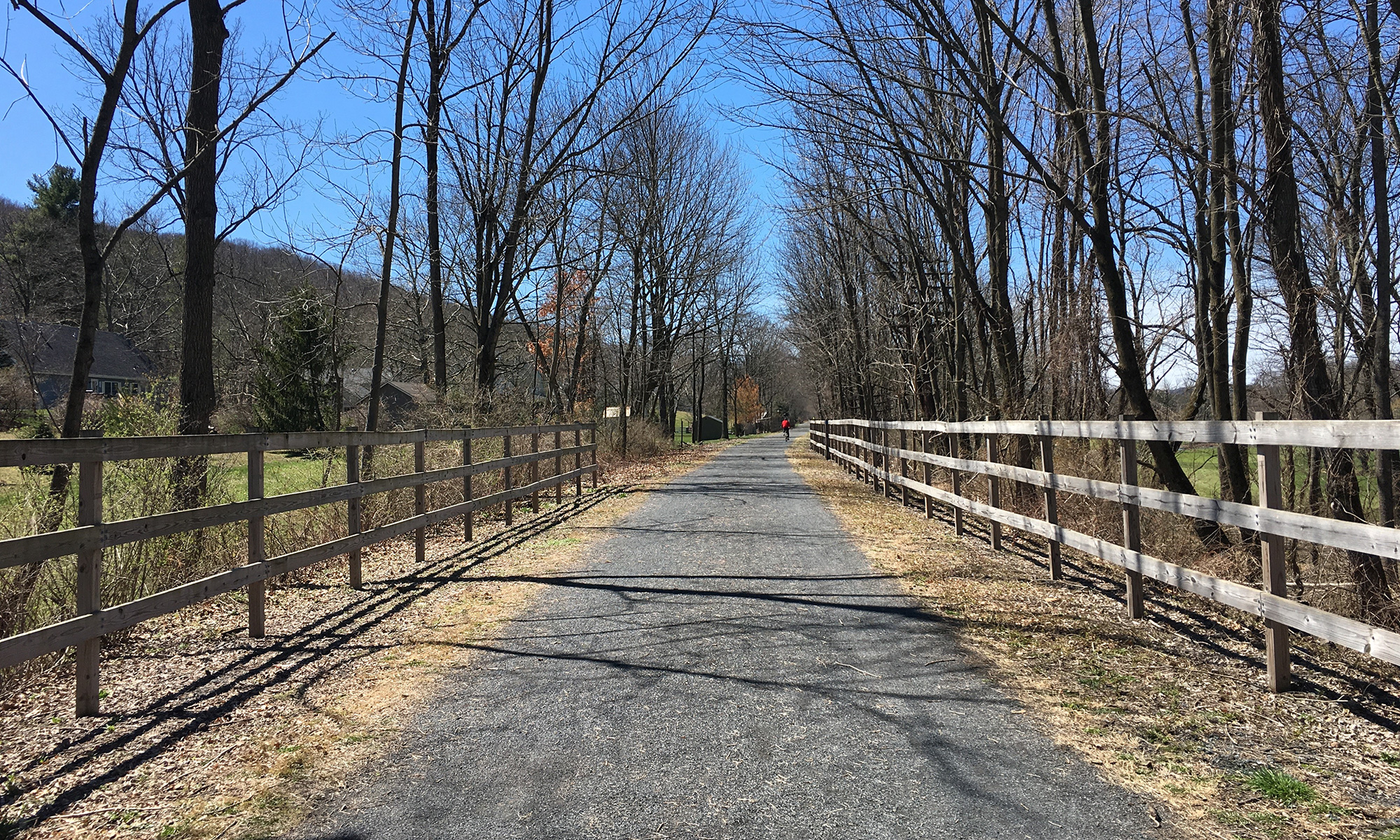
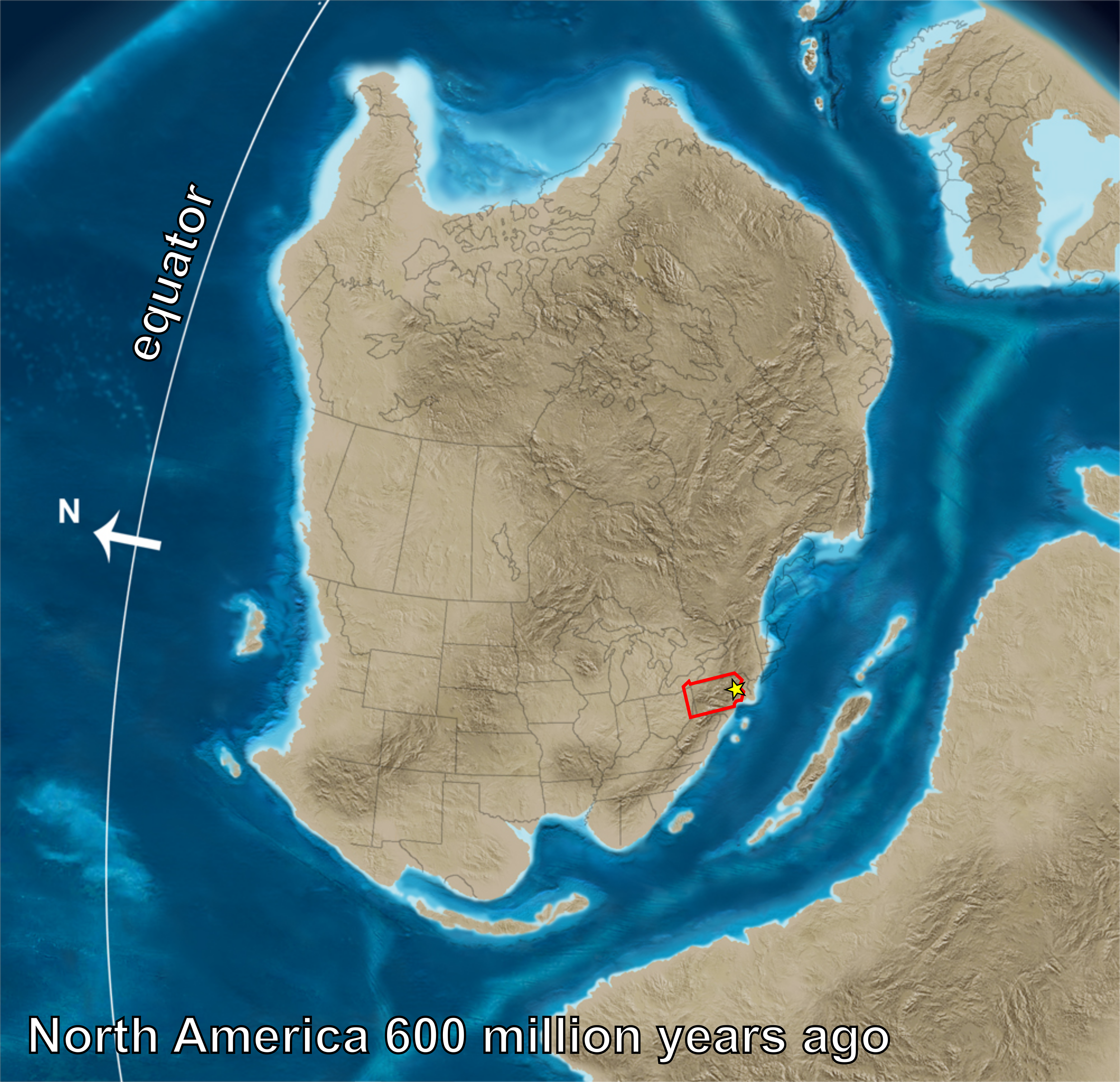
600 million years ago North America, Pennsylvania (outlined in red), and the Saucon Rail Trail (yellow star) were located below the equator. At this time, the Byram Gneiss was exposed at the land surface. These rocks, and others similarly ancient, contain almost no traces of early life.
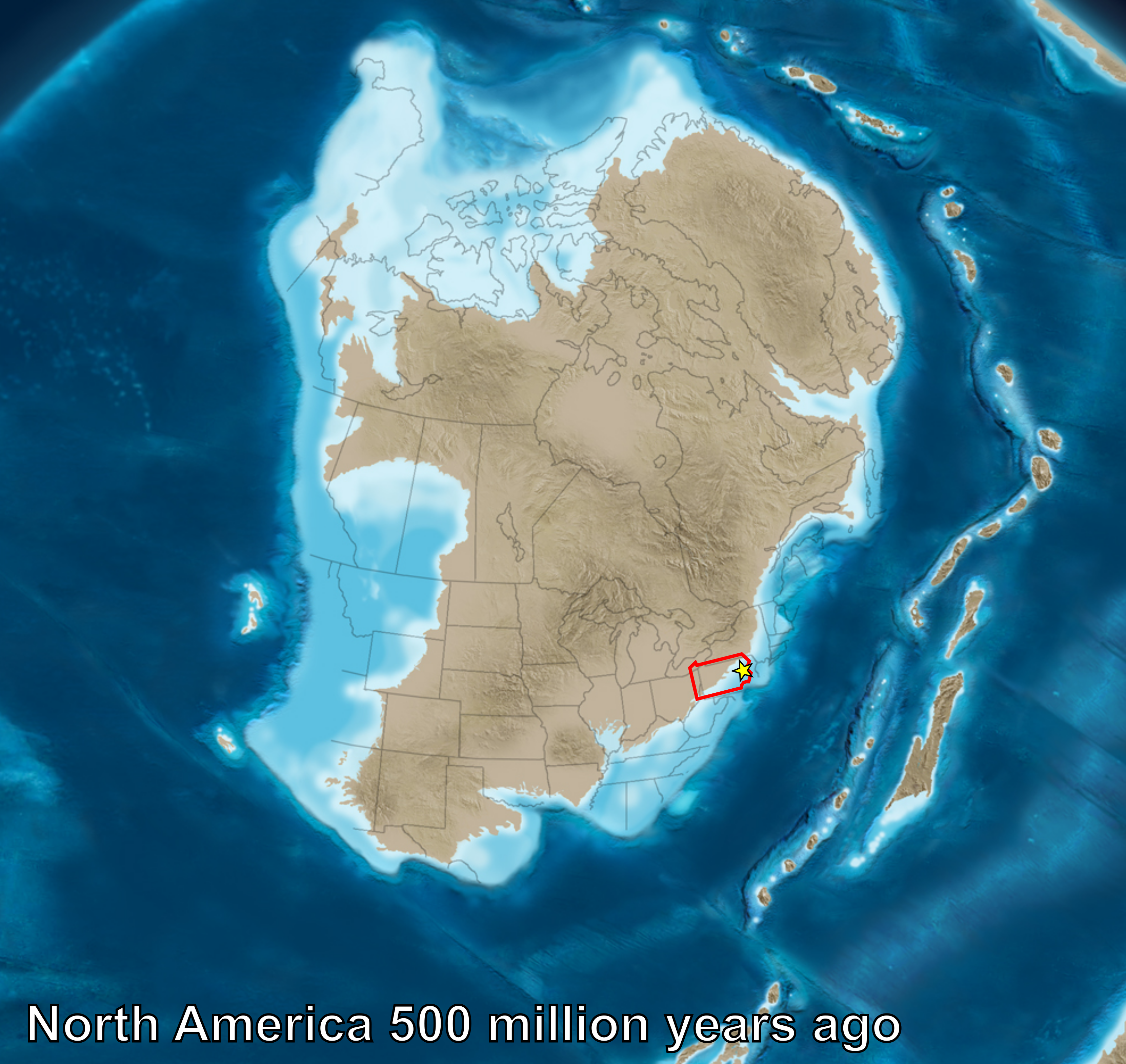
500 million years ago, sea level rose, flooding most of Penn- sylvania, and covering the Byram Gneiss with a layer of quartz sand. Later burial and heating changed the sand to quartzite. These rocks contain fossilized evidence of early life called Skolithos.
The contact between the Byram Gneiss and the Hardyston Quartzite lies here along the trail. It represents at least a half-billion years of time. Geologists call this important contact "The Great Unconformity."
Both images above reproduced by permission from Ron Blakey, Deep Time Maps https://deeptimemaps.com/
These minerals are contained in the Byram Gneiss
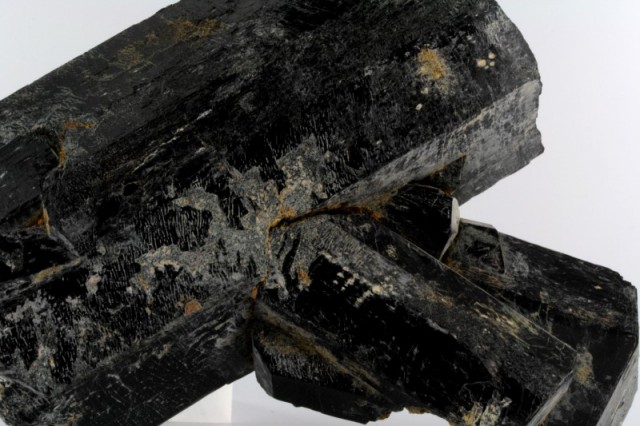
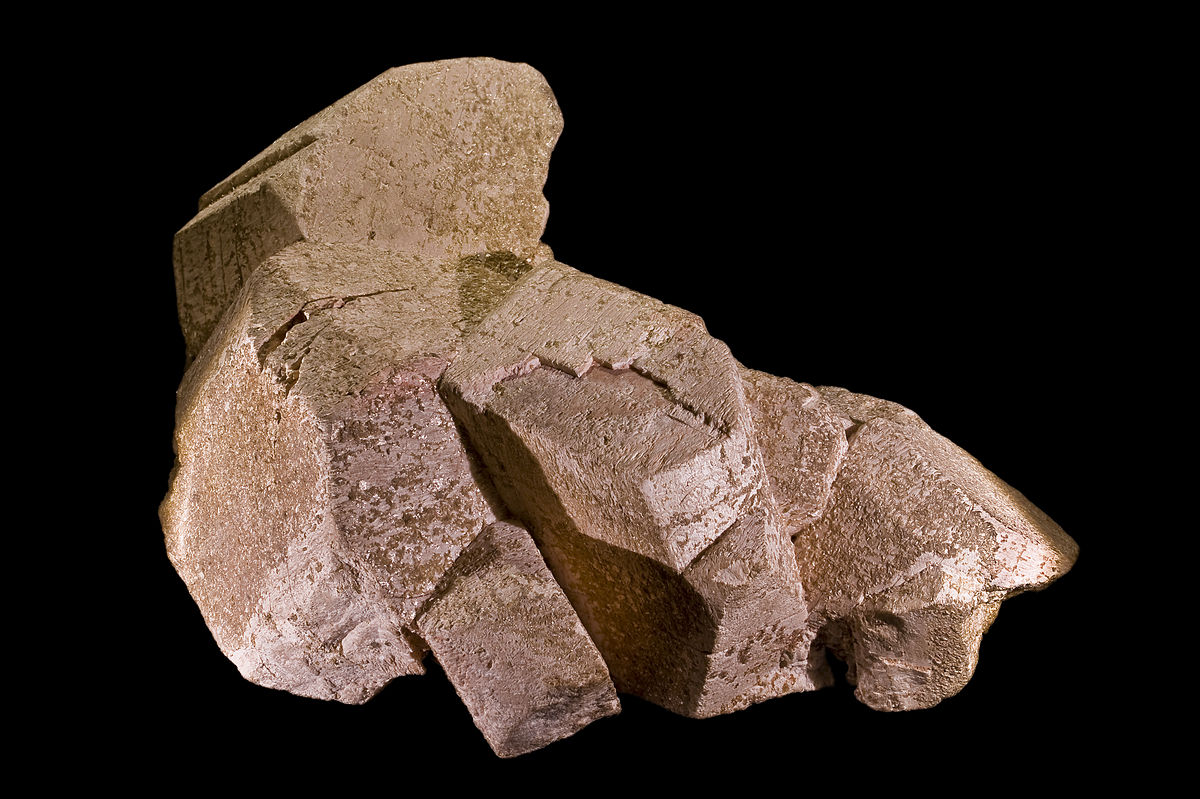

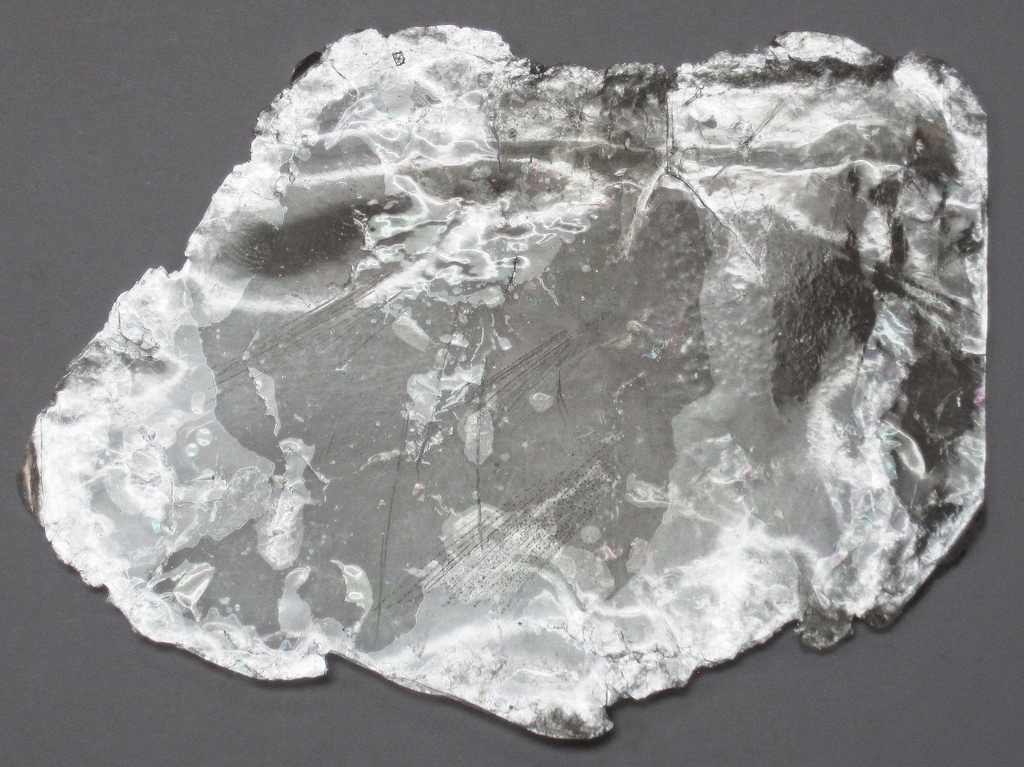
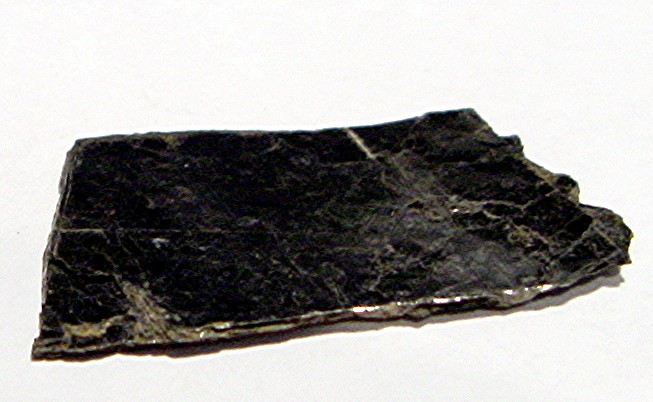
The gneiss and quartzite were quarried and used as building stones for many structures in Lehigh, Northampton, and Berks counties
The quartzite, called the Hardyston Formation, was quarried around the Saucon Rail Trail and was considered to be an attractive building stone. It did not require complicated tools to obtain or work, taking advantage of its smooth bedding surfaces and rectangular shapes for foundations and walls. Blue-gray colored material was originally preferred. Later, gray sandstone with brown-red discoloration became more desirable. The gneiss, called the Byram Formation, was also locally quarried, although to a lesser extent because of chemical decomposition near the surface and along fractures. Unlike the quartzite, the gneiss forms irregular blocks more difficult to use for walls or foundations.
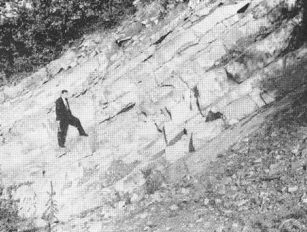
Former Hardyston Quartzite quarry between Bethlehem and Allentown showing the exposed rock on the slope
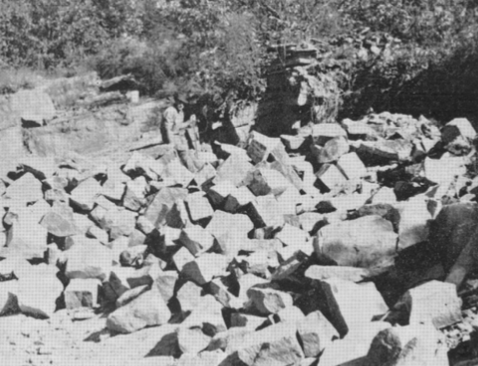
The rock after being broken into rectangular blocks
Most quarries were located on the flanks of South Mountain and smaller hills in the Saucon Valley, like the one traversed here at Landis Mill Road, where the building stones were naturally exposed. These rocks were used to build many of the structures at Lehigh University and Moravian Collge, as well as numerous public buildings in the surrounding communities. Look to see which historic and modern buildings along the rail trail may also have these building materials.
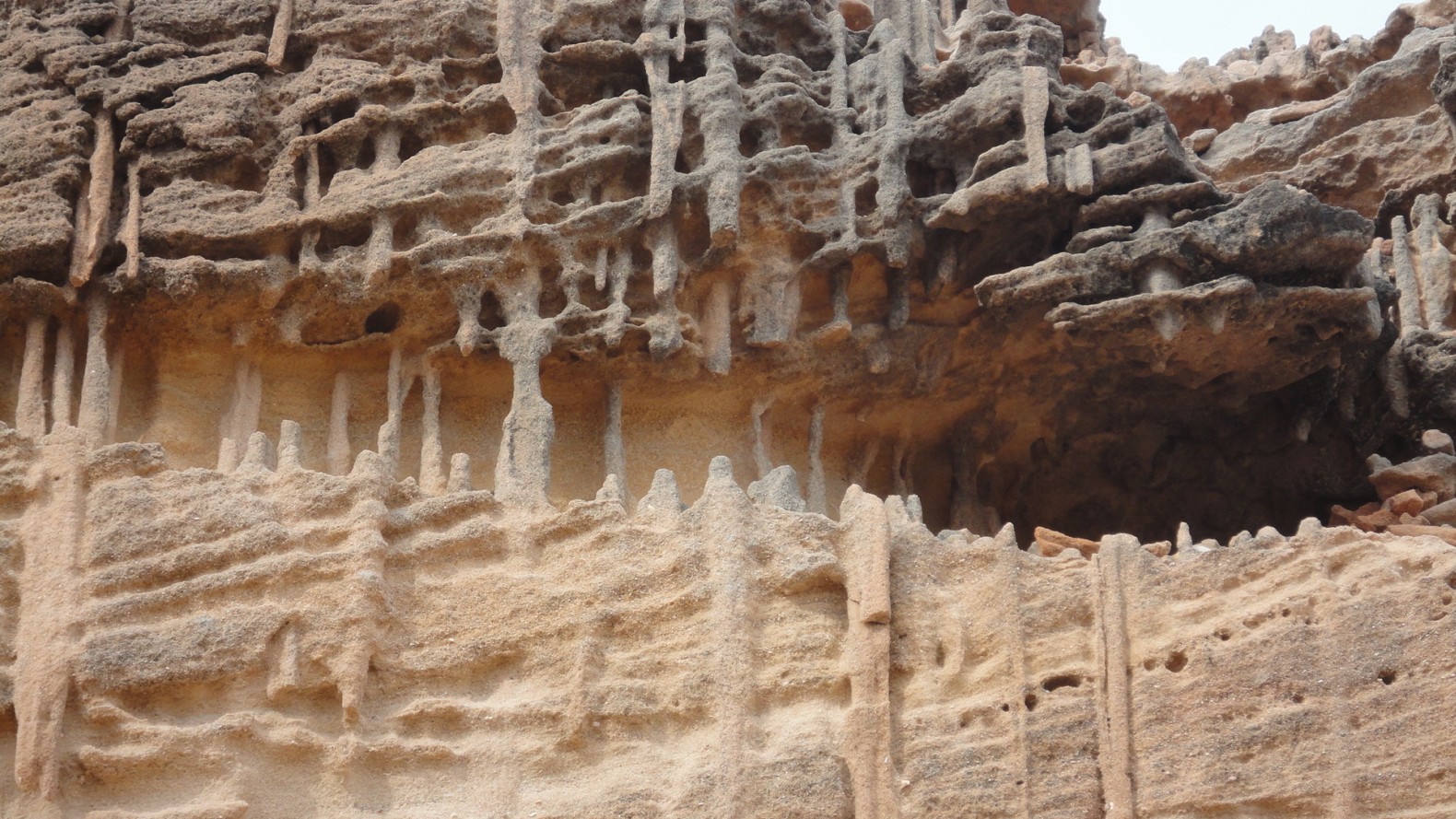
The vertical tubes in this sandstone, exposed at Kalbarri N.P. Australia, are Skolithos fossils, thought to have been made by an extinct burrowing worm.
http://www.sjvgeology.org/geology/fossils/piperock.jpg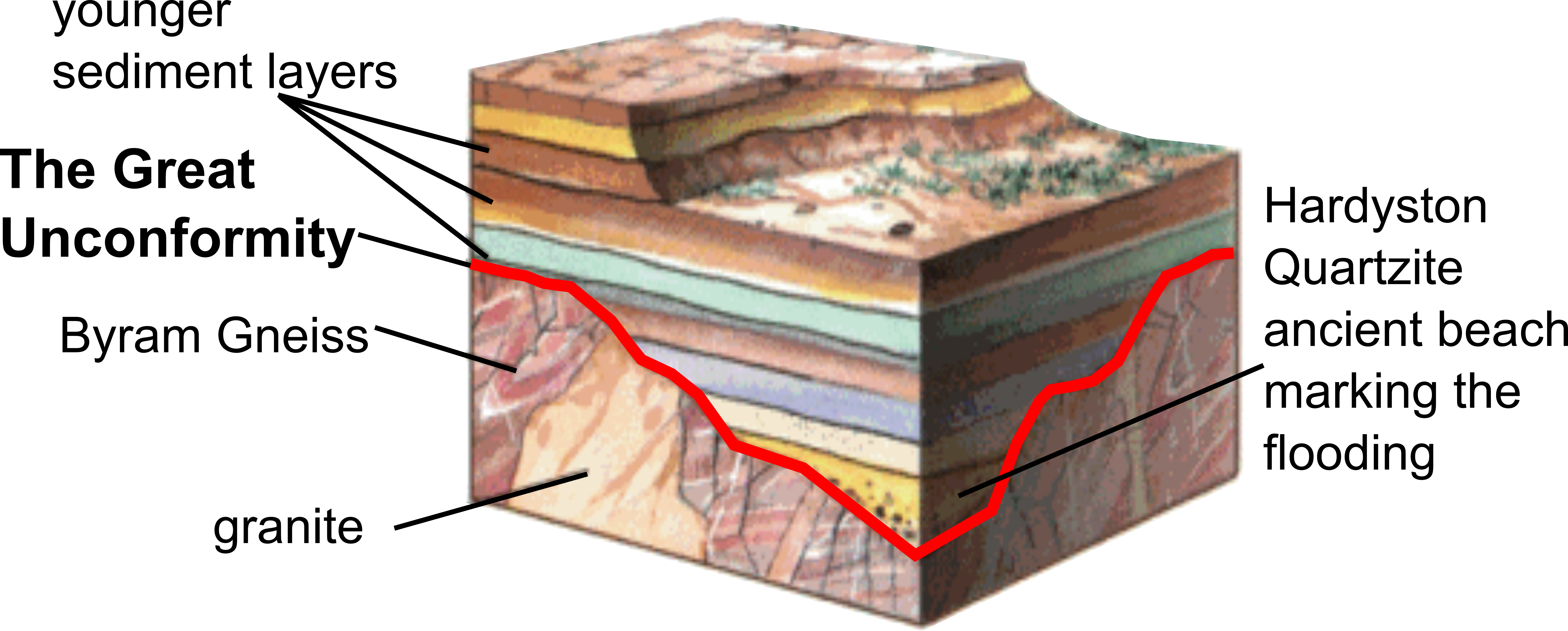
The Great Unconformity, shown in red, separates the fossil-bearing Hardyston Quartzite above, from the Byram Gneiss and granite below.
Modified from: https://s3.amazonaws.com/classconnection/831/flashcards/4786831/gif/ slide0430_image047136275708182414A37E8A23D3A5E8957-thumb400.gif
